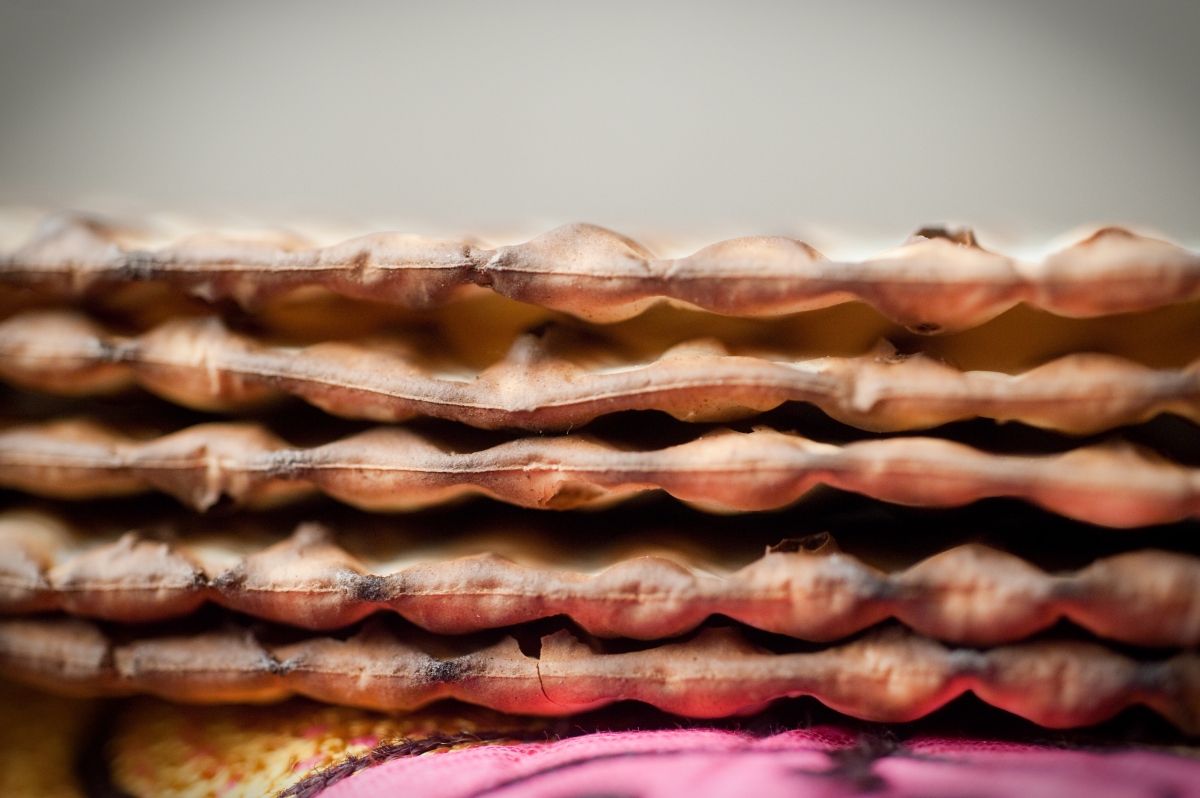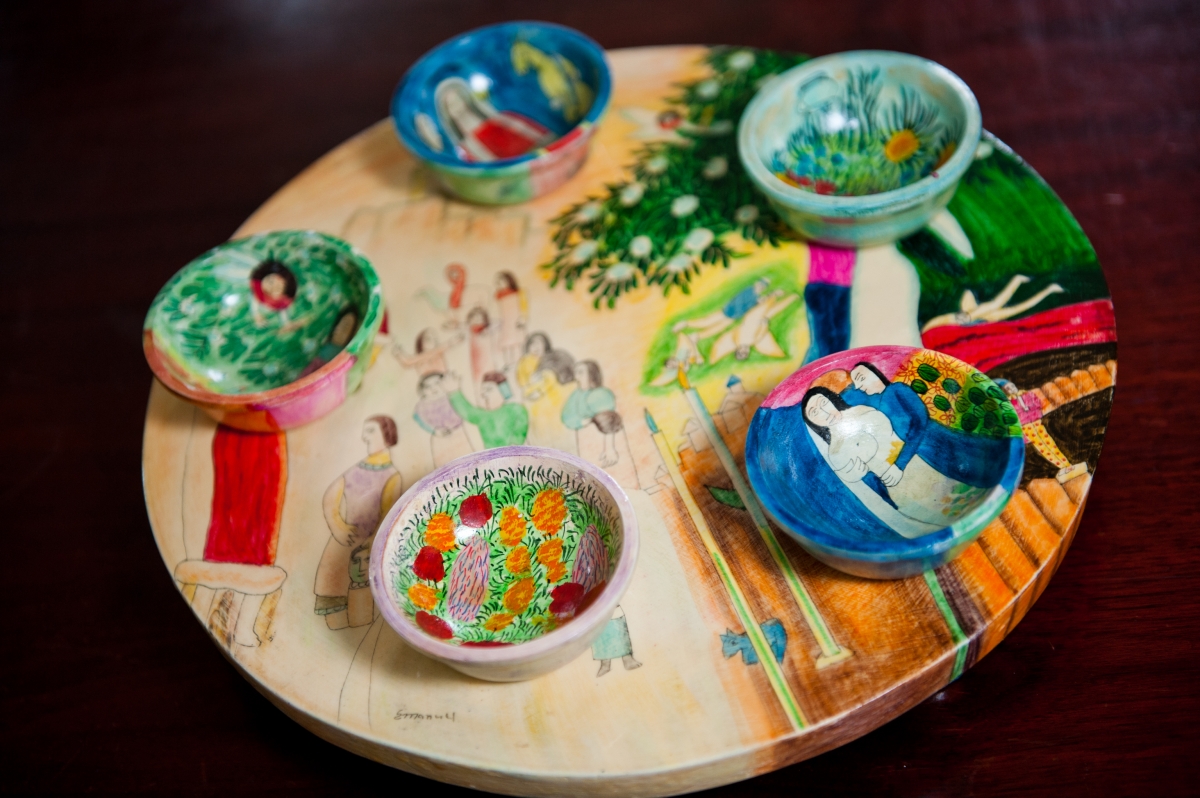“So, who has found the afikomen?” we ask. The finders hold the napkin-covered matzah tightly in their hands and are determined to bargain.
It is part of our lesson plan — this small rebellion. Each year we teach a new generation to resist bondage, to envision someplace better, to savor freedom, and to take responsibility for the journeys of their lives.
And each year with teh afikomen ritual, they hold power in their hands, just long enough to say, “Yes” or “No,” with all eyes on them. With people waiting.
“We can’t finish the seder without it.”
Just long enough to learn to ask for what they want.
From The Journey Continues: The Ma’yan Passover Haggadah, 2002. Used by permission of Ma’yan: the Jewish Women’s Project.












